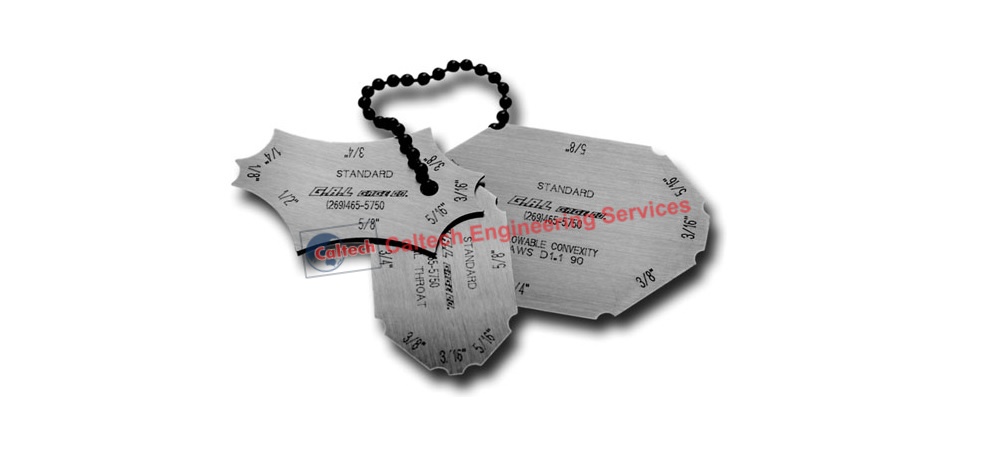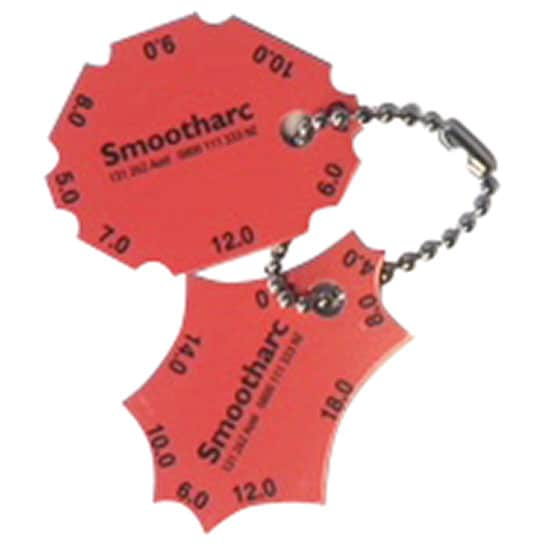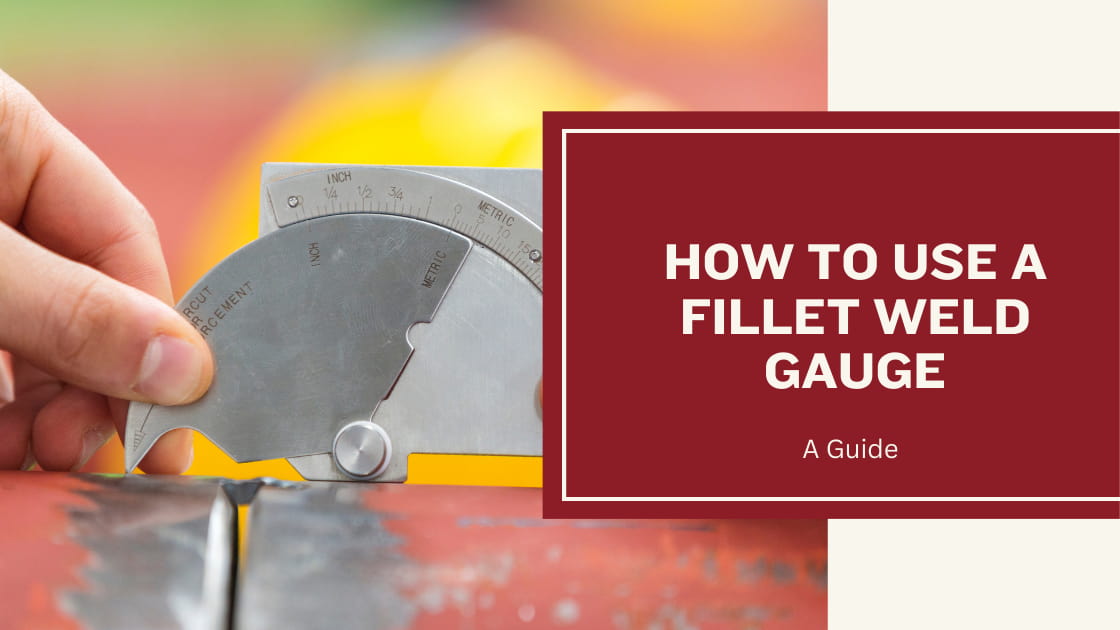Top Methods for Measuring Gauge Fillet Weld Properly
Top Methods for Measuring Gauge Fillet Weld Properly
Blog Article
Fillet Weld Style Methods: Optimizing Joint Efficiency and Looks for Structural Honesty
In the realm of structural engineering and construction, the relevance of fillet weld style strategies can not be overstated. These techniques play a critical function in not just making certain the performance and architectural stability of joints yet likewise in enhancing the overall appearances of the finished product. By diligently considering elements such as weld profile optimization, material choice, joint preparation methods, welding procedure performance, and aesthetic improvement engineers, makers and methods can accomplish a harmonious balance between capability and look in their bonded frameworks. The fusion of these elements not just leads to robust joints yet likewise raises the aesthetic allure of the end product.
Weld Profile Optimization


Attaining an optimum weld profile involves a meticulous consideration of variables such as product thickness, joint setup, welding position, and wanted welding speed. Additionally, the option of proper welding criteria, such as voltage, existing, and take a trip speed, is basic in managing the shape and measurements of the fillet weld. Using innovative welding methods, such as pulse welding or robotic welding, can better fine-tune the weld account to fulfill particular style requirements and top quality requirements.
In essence, weld account optimization is a fundamental element of fillet weld design that directly affects the overall efficiency and reliability of bonded joints in structural applications.
Material Choice Considerations
When taking into consideration material choice for fillet weld layout, the compatibility of the base metals is an essential aspect influencing the structural honesty of the joint. It is necessary to choose materials that not just bonded with each other effectively but likewise have similar mechanical residential or commercial properties to make certain the load is uniformly dispersed between the weld and the base steels. Welding materials with greatly various homes can bring about issues such as tension focus, early joint failure, or splitting.
In addition, the environment in which the welded structure will run have to be taken into account when choosing products. Variables like deterioration resistance, temperature fluctuations, and exposure to chemicals can all affect the long life and efficiency of the weld joint. By selecting materials that appropriate for the intended application and setting, the overall sturdiness and integrity of the bonded joint can be dramatically boosted.
For that reason, detailed factor to consider of product compatibility and ecological aspects is extremely important in ensuring the weld joint's strength, sturdiness, and overall architectural honesty.

Joint Prep Work Strategies
Taking into consideration the crucial function product option plays in ensuring the architectural honesty of fillet weld joints, it is essential to execute accurate joint preparation methods that maximize the link between the base metals. Joint preparation is a vital action that straight affects the top quality and toughness of the weld.
Furthermore, appropriate fit-up of the joint is important to make sure consistent circulation of the welding product and stop flaws like incomplete infiltration or extreme accumulation. Beveling the sides of the base metals can create a groove that allows for deeper weld infiltration and a more powerful bond. Additionally, tack welding the components in position prior to the last weld assists preserve alignment and lessens distortion throughout the welding process. By carefully following these joint preparation strategies, welders can boost the general performance and aesthetic appeals of fillet weld joints while making sure structural stability.
Welding Process Performance
Effective welding procedures are vital for attaining optimal productivity and high quality in fillet weld manufacture. Processes like gas metal arc welding (GMAW) and flux-cored arc welding (FCAW) are frequently made use of for fillet welds due to their flexibility and speed.
Furthermore, making certain proper equipment configuration and read upkeep is critical for efficient welding. Routine calibration of welding makers, evaluation of consumables, and maintenance of soldering iron can protect against downtime and rework, ultimately saving time and resources. Furthermore, utilizing proficient welders with knowledge in the certain welding procedure being utilized can dramatically influence performance. Trained welders are much more skilled at changing specifications, fixing problems, and preserving constant weld high quality.
Aesthetic Improvement Techniques
To maximize the high quality of fillet weld construction, carrying out visual enhancement techniques can play an important role in making certain precision and precision during the welding procedure. Visual enhancement techniques encompass numerous techniques focused on improving the look and you could check here high quality of fillet welds. One typical approach is using back purging systems to remove oxidation on the backside of the weld, causing a cleaner, much more visually pleasing surface. In addition, utilizing proper illumination arrangements in the welding area can boost visibility, enabling welders to monitor the weld swimming pool and guarantee regular bead development. Aesthetic aids such as weld size evaluates and magnifying lenses can assist in assessing weld accounts and measurements precisely. Moreover, the usage of contrasting marking products or short-lived tacking can assist in straightening and placing the work surfaces precisely prior to welding. By integrating these visual enhancement techniques right into the welding procedure, welders can achieve not just structurally audio fillet welds yet also visually appealing description results that satisfy market standards.

Conclusion
Finally, optimizing fillet weld style entails careful factor to consider of weld profile, product selection, joint preparation, welding procedure efficiency, and visual improvement approaches. By executing these approaches, structural stability can be boosted while also accomplishing visual appeal. It is essential to focus on both efficiency and visual appeals in fillet weld style to make certain the general high quality and durability of the joint.
By carefully thinking about variables such as weld account optimization, material selection, joint preparation methods, welding procedure efficiency, and visual enhancement techniques, engineers and producers can attain an unified equilibrium in between capability and look in their bonded frameworks.In the realm of fillet weld style, optimizing the weld profile plays a crucial role in guaranteeing architectural integrity and efficiency. The weld profile, which includes the dimension and form of the weld cross-section, directly affects the circulation of anxiety and load-bearing capability within the joint. It is necessary to select materials that not only bonded together efficiently but also have comparable mechanical residential or commercial properties to guarantee the load is equally distributed in between the base and the weld metals - Gauge Fillet Weld.In conclusion, maximizing fillet weld style includes careful factor to consider of weld profile, product selection, joint preparation, welding procedure performance, and aesthetic enhancement methods
Report this page